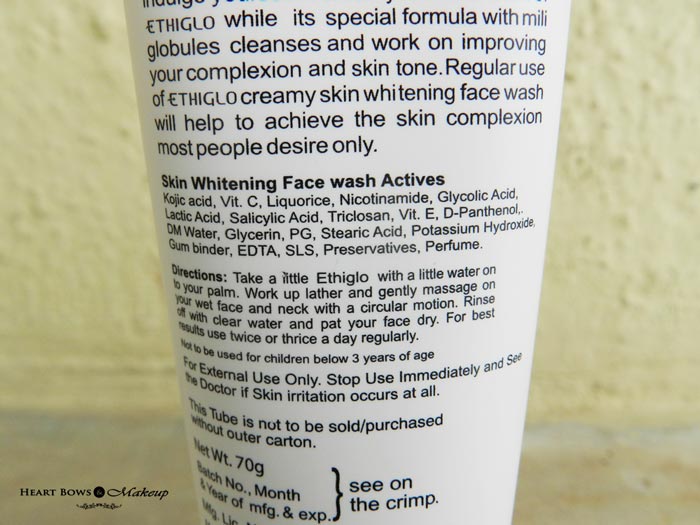I know that some people don't have very severe allergies, so they don't read the labels on body products like makeup, washes, masks (as in face cream masks) and creams, but did you know that main allergens can be found in these products? For example, take a look at the label from a bottle of face wash:
 |
| From "The Whole Philosophy" |
There are a lot of crazy confusing chemicals in this face wash, but the first ingredient in the second line is "lactic acid", which is an acid with dairy in it (you'll learn more about lactic acid later)! If I used this face wash, I would still get an allergic reaction to it because I'm touch sensitive to milk. Allergens are everywhere!
Okay, now that you know that it's important to read every label, not just food labels, we can really get started!
The #1 tip that I highly recommend to everyone with an allergen or allergens does is use the producers to your advantage. Okay, that was a weird way to put it, but on most products, there's a "May Contain...", "Produced in a facility that processes", or "Made on equipment that also processes..." at the bottom of the ingredient list. It's a requirement by the Federal Food Allergen Labeling and Consumer Protection Act to have this on your product if you want to sell it because people with food allergies use this to check if their allergen is in the product! When reading a food label, I always look at the bottom of the list to see if a "May Contain..." is at the bottom before reading the actual ingredients. Doing this can save you a lot of time; the "May Contain..." is basically summarizing the label for you!
Another thing that my mom told me about was to learn all you can about your allergens. If you're allergic to fish, shellfish, or tree nuts, go online and memorize all the tree nuts, fish, or shellfish there is out there so you can recognize any form of your allergen on a label. For example, my mom told me a while ago that lactic acid is an acid with dairy in it, so I should avoid all products with lactic acid on the label, even if there's no "May Contain" written at the bottom of the ingredients. I also know a lot of names of tree nuts and what my main triggers are for tree nuts (or what tree nuts can cause the worst reaction), but I'm still learning names all the more recent tree nuts...there are a LOT of tree nuts out there!
Thank you for reading My Food Allergy Life. I'll be posting "How to Read a Label (Part 2)" shortly. Talk to you then!